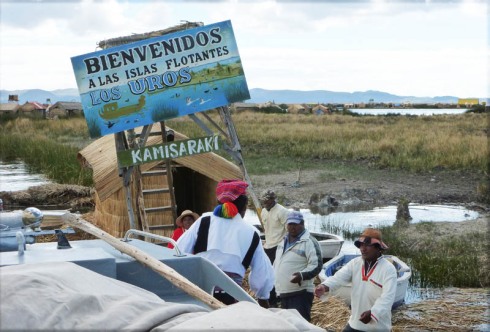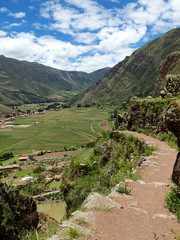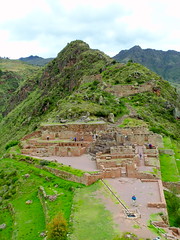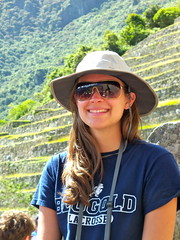We spent part of Tuesday in Chinchero visiting the Center for Traditional Textiles of Cusco where local women gather to preserve their traditional weaving method. The traditional indigenous weavers use the back strap loom, which dates back to pre-Columbian times, to create their textiles. When we arrived, the weavers handed each of us a poncho to wear and a cup of tea to sip on. Nilda Callañaupa leads the women and explained to us how they create a piece, from hand-spinning the yarn to weaving the actual textile and finishing the borders. Nilda’s co-op differs from the others that we’ve visited because customers can visit their store and purchase products there on a regular basis.
Photos by Lacey Weninger and Sharon Kessler











